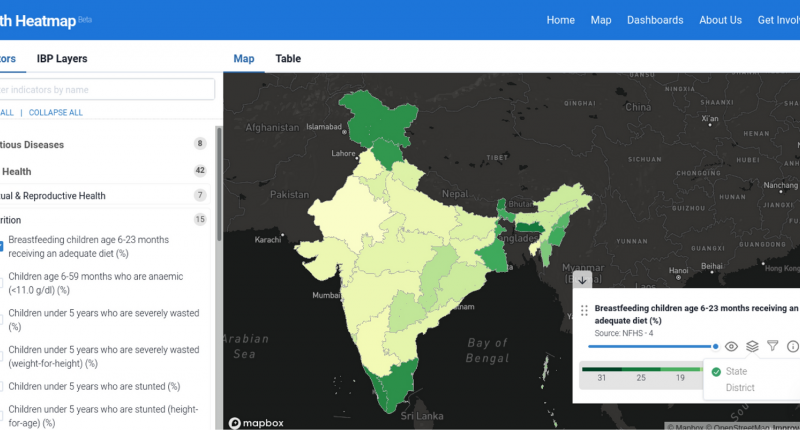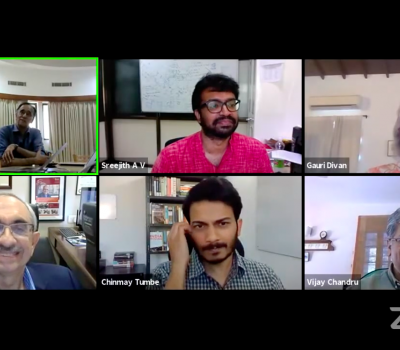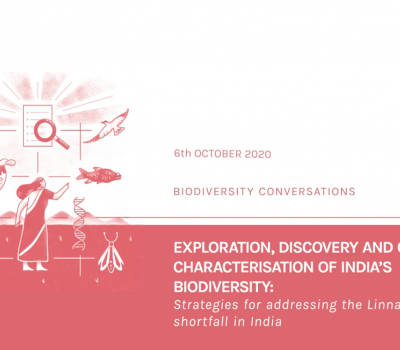Cataloguing & Mapping Life of India
This programme aims to catalogue and map India’s expansive life, including ecosystems and species diversity, genetic diversity, people, cultures and biodiversity management regimes. By continually synergising and updating this information, the programme sets out to identify areas of vulnerability as well as those of great promise for green economy using artificial intelligence to detect vital and informative trends in diversity.












